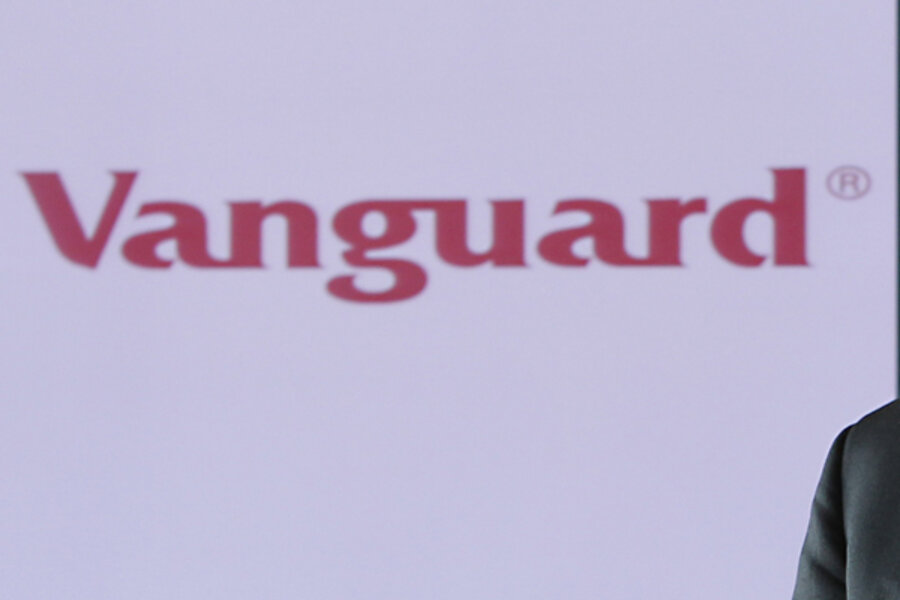Money managers are helping each other
Loading...
I was very proud of my industry when I saw this article over at Investment News about how the large money managers are constructing portfolios in a brand-agnostic way. This is how asset management for the sake of the client is meant to be done:
MONEY MANAGERS are using more and more of one another's exchange-traded funds as portfolio tools — significant because ETFs are the only major example of an instance in which investment management firms are using their competitors' products...
BlackRock Inc., the largest money manager and ETF provider in the world (through its iShares unit), is one of the largest users of other firms' exchange-traded funds, according to an analysis by State Street Global Advisors. BlackRock had $8.9 billion invested in 98 different ETFs at the end of 2011, of which about $2.8 billion was in other firms' offerings. It had $1.7 billion with SSgA, $436.2 million with The Vanguard Group Inc., $410.3 million with ETF Securities LLC, $176.4 million with Van Eck Global, $52.1 million with Sprott Asset Management LP, $22.5 million with Invesco PowerShares Capital Management LLC and $1.1 million with WisdomTree Funds.
BlackRock's ETF holdings are only a small piece of its $3.5 trillion under management.
Another big user of other firms' ETFs among large money managers is Pacific Investment Management Co. LLC, which had $2.9 billion invested in ETFs at year-end 2011, of which more than $2.1 billion was in other companies' funds, according to SSgA. The bulk was invested in just two: $1.2 billion in the Vanguard Emerging Markets ETF and $893.7 million in SSgA's SPDR Gold Shares.
Clearly you're seeing this type of thing because these large purveyors of asset management products are smart enough to realize that they don't each have the best-in-class suite of funds for every asset class. They are responsible, in the end, for performance and part of that responsibility means keeping fees low and choosing holdings that are the most efficient and utilitarian toward a specific outcome. I'm sure Pimco could start their own version of GLD tomorrow, but it would not serve their clients' purposes or their own or the market in general. It would be a less-liquid, higher-cost product by the very nature of its construction. So Pimco does the right thing and uses the SPDR version like everyone else.
In the old days, when Morgan and Merrill and Smith Barney were still relevant, you would never have seen this kind of sharing and cooperation. Everything had to have the firm's name on it and you could never recommend the fund of a competitor - the clearing department of your firm wouldn't even hold another firm's fund if you tried to transfer it in! "Liquidate Upon Transfer" would be scrawled across the paperwork!
But those Border War days are at an end.
The walls are coming down, slowly but surely. The resistance to change is melting and the embracing of holistic asset management with the clients coming first is at hand.
Way to go, guys.








